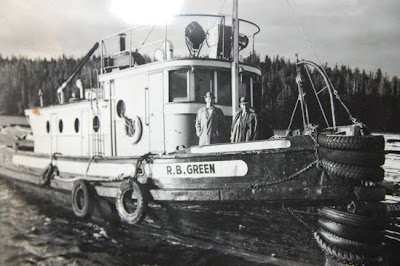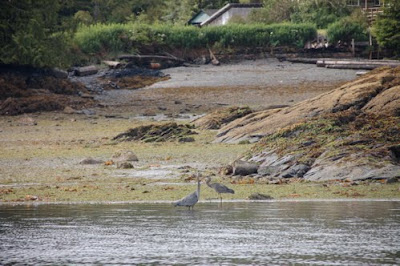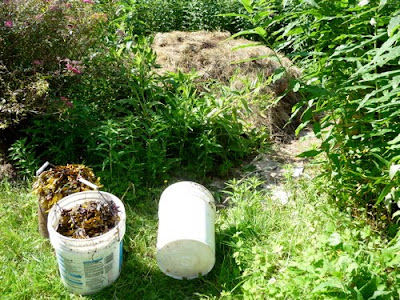The dream of peace is deep at the heart of Christmas. Outlandish, impossible dream, passed down through the ages. Celebrated as the birth of a peasant baby born in a stable, his parents forced on a winter’s journey to register for a tax to support an army of occupation. The audacity is that he is called a Prince of Peace.
Peace is not simply turning away from military solutions. Peace is a completely different way of seeing the world. The Hebrew word for peace, Shalom, can also be translated as harmony, wholeness, balance, health, justice.
At the Beale family reunion celebrating Grandma Dibby’s 90th birthday, brother Tom and Elizabeth came up with a contemporary version of swords into ploughshares: military bombers used to spread rabbit pellets over the fields. We were visiting the Virginia farm that nurtured our free-range Thanksgiving turkey. Wally, the farmer, showed us around, explaining his inclusive, mixed-farming methods. This included rabbits and chickens fertilizing the soil. Wally didn’t call it permaculture, but that’s what we’ve been learning about this year.
Link to wally's farm: http://www.localharvest.org/forever-young-farm-M19618
Permaculture is everything in balance, everything feeding everything else, learning from nature how to live and produce food as naturally as possible. Permaculture is the opposite of monoculture, as practiced by industrial farming with its goals of more profits, more power-over control, requiring oil-based fertilizers and chemical pesticides, leading to soil depletion, loss of small farms and rural communities, unhealthy food. Permaculture is a shalom kind of thing: peace-on-land-and-sea.

Nick and Janna grow all their food in Lizzy Cove, just south of Bella Bella.
They live completely off the grid, using simple methods and ingenuity.
The way of peace means cooperation, with nature and with each other. It’s as easy as play sometimes, and sometimes a lot of hard work.
Working together is one of our joys on LaSonrisa.
Cooperation can be fun and fulfilling. But it may be the basic challenge of our species. To truly celebrate diversity and be inclusive we need to create systems and communities where everyone can contribute, and all have value. All species, all life.

 A hike to the cemetery with grandma, remembering those who've gone before, and cherishing each other
A hike to the cemetery with grandma, remembering those who've gone before, and cherishing each otherTo learn about the complex web of life in relation to salmon, and Alexandra Morton and colleagues' latest research visit: http://www.salmonaresacred.org/
Peaceful power – energy from wind
One of our favorite stories this winter is of a village in India. They built a coffer dam on their rainy-seaon river, to hold back some of the water for dry-season use. They had an old diesel water pump, but it was noisy and burned too much fuel. So they built a simple merry-go-round, hooked it up to the water pump and encouraged all the village kids to play, at least an hour a day. And the water tasted great!
Peaceful energy is sustainable – incorporates knowledge passed on from generation to generation.
Billy Proctor is one of our coastal heroes. Coming south with Ted Reeve and family, we met Billy and crew fishing the unbelievable Fraser sockeye run. When they had caught enough salmon, however, they quit fishing, even though they had not yet attained their quota. Enough was enough and everyone got fed.
It’s a sobering prospect, seeking sustainable sources of energy and trying to wean ourselves from fossil fuels. We face another challenge when it comes to personal energy. How do we move from anxious thoughts or strained muscles into the energy of trust and delight? It’s more like dancing.
The energy of peace works like love. At Christmas we celebrate this especially with the baby in the manger, stars in children’s’ eyes.
Saltspring Island farmer, Brian Brett writes beautifully of the peace of Christmas.
One hot afternoon Sharon and I walked up the hill to admire the moss and wildflowers in bloom. The last ewe had yet to lamb, late in the season. As we passed the corral by the driveway, we noticed she was down, panting, in the middle of a large circle of stumps, almost ready. Upon returning a half-hour later she was lambing. Since all was going well, we stood in the driveway and watched.
We suddenly became aware that the whole gang had moved up to where the ewe was lambing, and they were also watching. It was a scene out of a nativity painted by a naïve artist. The ram, the other ewes, and their lambs surrounded her. The black horse, Jackson, stood sentinel among the sheep, and the peafowl perched on the stumps, the cock fanning his tail. Our Araucana rooster stood erect and alert on another stump, while the cluster of hens clucked softly, pecked at the grass, and watched. Even the dogs had entered the corral and sat patiently among the chickens. It was as if the creatures of the farm had drawn a holy circle around this birth, blessing it. Grace lives in the land and awaits the moment when it can surprise us with its tenderness.
“From the book Trauma Farm: A Rebel History of Rural Life, © Brian Brett, 2009. Published by Greystone Books: an imprint of D&M Publishers Inc. Reprinted with permission from the publisher.
Link to publisher: http://www.dmpibooks.com/book/trauma-farm





































































